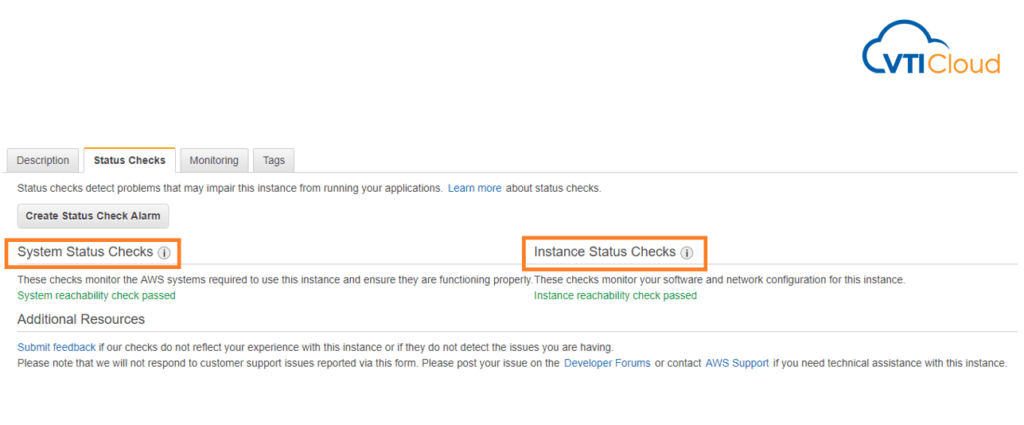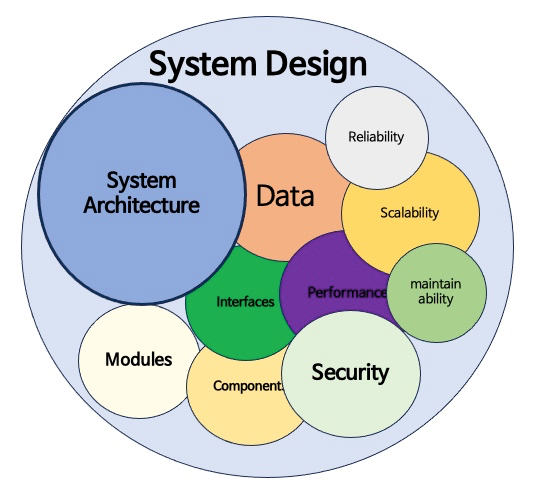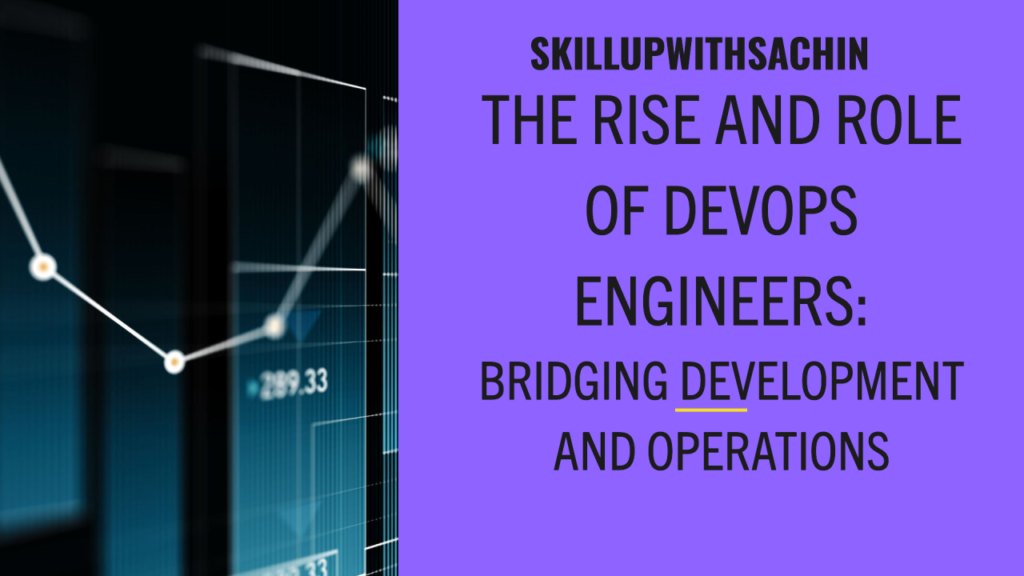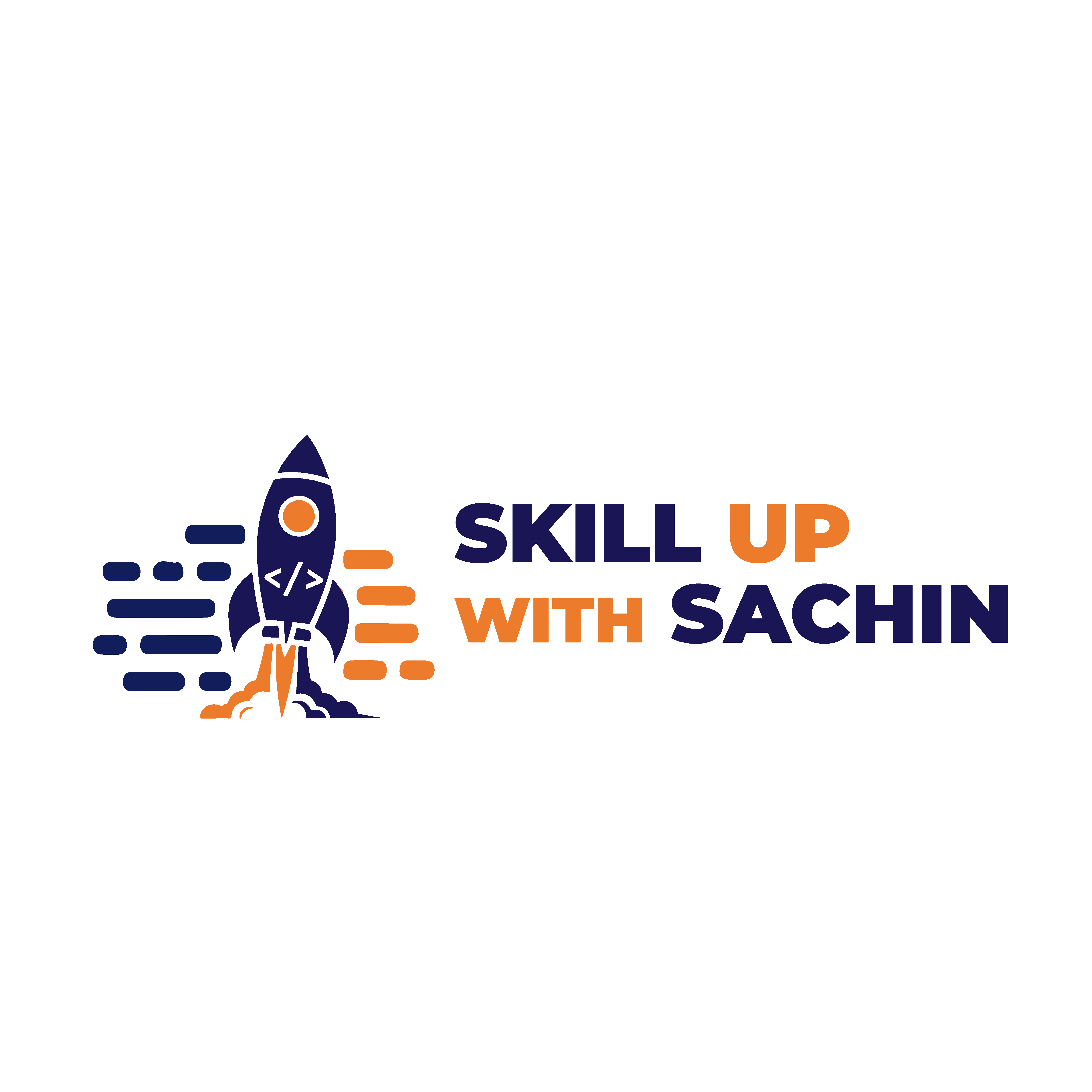Breaking Down Kubernetes Interviews – One Pod at a Time!

Introduction: Why Container Orchestration? Problem Statement:As microservices-based applications scale, managing containers across multiple environments manually becomes inefficient and error-prone. Solution:Container orchestration automates the deployment, scaling, networking, and lifecycle management of containers. Key Benefits of Kubernetes Orchestration: Virtual Machines vs Containers vs Kubernetes Virtual Machines Docker Containers Kubernetes Hardware-level virtualization OS-level virtualization Container orchestration Heavyweight Lightweight and fast Automates container ops Boot time: Minutes Boot time: Seconds Self-healing, scalable Key Insight:Containers solve the portability problem. Kubernetes solves the scalability and reliability problem of containers in production. Storage in Kubernetes (Dynamic & CSI) Problem Statement:How do we abstract and dynamically provision storage in Kubernetes without being tied to a specific cloud or on-premise provider? Solution: Flow:App → PVC → StorageClass + CSI → PV Reference: https://kubernetes.io/blog/2019/01/15/container-storage-interface-ga/ Kubernetes Architecture Control Plane (Master Node): Together, these components form the master control plane, which acts as the brain and command center of the Kubernetes cluster. Worker Node (Data Plane): Worker nodes, also known as worker machines or worker servers, are the heart of a Kubernetes cluster. They are responsible for running containers and executing the actual workloads of your applications. Architecture Flow Example: Triggers → API Server → Scheduler → Etcd → Node → Kubelet → Container Runtime Instruction Flow (From YAML to Running Pod) PODS Pods are fundamental building blocks in Kubernetes that group one or more containers together and provide a shared environment for them to run within the same network and storage context. Allows you to colocate containers that need to work closely together within the same network namespace. They can communicate using localhost and share the same IP address and port space. Containers within a Pod share the same storage volumes, which allows them to easily exchange data and files. Volumes are attached to the Pod and can be used by any of the containers within it. Kubernetes schedules Pods as the smallest deployable unit. If you want to scale or manage your application, you work with Pod replicas, not individual containers. A Pod can include init containers, which are containers that run before the main application containers. Kubernetes High Availability & Failure Scenarios Component Failure Impact Recovery API Server Cluster becomes unmanageable Restart or HA deployment Etcd State loss, no new scheduling Restore from backup, use HA etcd Scheduler No new pods scheduled Restart scheduler Controller Manager Auto-scaling and replication broken Restart or recover HA Kubelet Node disconnected, unmonitored pods Restart kubelet or reboot node Kube-Proxy Service communication broken Restart kube-proxy CoreDNS DNS lookup failure for services Restart CoreDNS Reference: https://kubernetes.io/docs/setup/production-environment/tools/kubeadm/high-availability/ Kubernetes Services In Kubernetes, Services are a fundamental concept that enables communication and load balancing between different sets of Pods, making your applications easily discover able and resilient. Why Do We Need Kubernetes Services? Types of Services: Cluster IP: The default service type. It provides internal access within the cluster. NodePort: Opens a port (30000–32767) on each node, allowing external access to services. Make sure to configure security groups accordingly. LoadBalancer: Distributes incoming traffic across multiple pods, ensuring high availability and better performance. Ingress: HTTP routing with host/path rules Network Policies (Ingress & Egress) Problem Statement:How do we secure communication between microservices in a Kubernetes cluster? Use Case: 3-Tier Microservice Architecture Ingress Policy: Egress Policy: Secrets & ConfigMaps Resource Purpose Security Level Config Map Store non-sensitive config Plain text in etcd Secret Store Sensitive Data Base-64 encoded, more secure Practical Use Case: Kubernetes CI/CD Integration (Brief Outline) Problem Statement: How do we automate builds, tests, and deployments on Kubernetes? Approach: How to handle CrashLoopBackOff Error ? Error Message: kubectl get podsNAME READY STATUS RESTARTS AGEmy-app-5c78f8d6f5-xyz12 0/1 CrashLoopBackOff 5 3m Cause: Application inside the container is crashing repeatedly.Missing dependencies, incorrect configuration, or resource limitations.Fix: Check logs for error messages: kubectl logs my-app-5c78f8d6f5-xyz12 Describe the pod for more details: kubectl describe pod my-app-5c78f8d6f5-xyz12 Fix application errors or adjust resource limits. How to fix ImagePullBackOff Error ? Error Message: kubectl get podsNAME READY STATUS RESTARTS AGEmy-app-5c78f8d6f5-xyz12 0/1 ImagePullBackOff 0 3m Cause: Fix: kubectl describe pod my-app-5c78f8d6f5-xyz12 containers: – name: my-app image: myregistry.com/my-app:latest kubectl create secret docker-registry regcred \ –docker-server=myregistry.com \ –docker-username=myuser \ –docker-password=mypassword How to fix Pod Stuck in “Pending” State ? Error Message: kubectl get podsNAME READY STATUS RESTARTS AGEmy-app-5c78f8d6f5-xyz12 0/1 Pending 0 5m Cause: Fix: kubectl describe pod my-app-5c78f8d6f5-xyz12 kubectl get nodes kubectl get pvc How to fix Node Not Ready ? Error Message: kubectl get nodesNAME STATUS ROLES AGE VERSIONnode-1 NotReady <none> 50m v1.27.2 Cause: Fix: kubectl describe node node-1 journalctl -u kubelet -n 100 systemctl restart kubelet df -h How to fix Service Not Accessible error? Error Message: curl: (7) Failed to connect to my-service port 80: Connection refused Cause: Fix: kubectl get svc my-service kubectl describe svc my-servic kubectl get pods -o wide How to fix “OOMKilled” (Out of Memory) ? Error Message: kubectl get pod my-app-xyz12 -o jsonpath='{.status.containerStatuses[0].state.terminated.reason}’OOMKilled Cause: Fix: resources: limits: memory: “512Mi” requests: memory: “256Mi” kubectl top pod my-app-xyz12 What do you know about kubeconfig file in Kubernetes ? A file used to configure access to a cluster is called a kubeconfig file. This is the generic way of referring to a configuration file. This doesn’t mean the file name is kubeconfig. K8s components like kubectl, kubelet, or kube-controller-manager use the kubeconfig file to interact with the K8s API. The default location of the kubeconfig file is ~/.kube/config. There are other ways to specify the kubeconfig location, such as the KUBECONFIG environment variable or the kubectl —kubeconfig parameter. The kubeconfig file a YAML file contains groups of clusters, users, and contexts. The clusters section lists all clusters that you already connected. The users section lists all users already used to connect to a cluster. There are some possible keys for the user: The context section links a user and a cluster and can set a default namespace. The context name is arbitrary, but the user and cluster must be predefined in the kubeconfig file. If the namespace doesn’t exist, commands will fail with an error. What are Selectors & Labels in Kubernetes? Services use selectors and labels to identify the Pods they should target.
AWS EC2 Status Checks: An Overview

AWS EC2 status checks are automated health checks that monitor the functionality and operability of your EC2 instances. They provide crucial insights into the state of the underlying hardware, network connectivity, and the operating system of the instance. These checks are fundamental to ensure the high availability and reliability of your workloads on AWS. Types of EC2 Status Checks Default Configuration of Status Checks By default, status checks are enabled for every EC2 instance upon launch. These checks are configured and managed by AWS automatically. The results of these checks are visible in the AWS Management Console under the “Status Checks” tab of an EC2 instance, or via the AWS CLI and SDKs. Can We Modify Default Configuration? AWS does not provide options to directly alter the predefined system and instance status checks. However, you can customize the handling of failed checks by configuring CloudWatch Alarms: Defining Custom Health Checks While AWS EC2 status checks focus on the infrastructure and OS-level health, you might need additional monitoring tailored to your application or workload. This is where custom health checks come in. Here’s how to implement custom checks: sudo yum install amazon-cloudwatch-agentsudo vi /opt/aws/amazon-cloudwatch-agent/etc/amazon-cloudwatch-agent.json Example configuration snippet: { “metrics”: { “append_dimensions”: { “InstanceId”: “${aws:InstanceId}” }, “metrics_collected”: { “disk”: { “measurement”: [“used_percent”], “resources”: [“/”] }, “mem”: { “measurement”: [“used_percent”] } } }} Start the cloudwatch agent:sudo /opt/aws/amazon-cloudwatch-agent/bin/amazon-cloudwatch-agent-ctl -a start Example: Status Check Handling Scenario: Automate recovery when a system status check fails. { “Version”: “2012-10-17”, “Statement”: [ { “Effect”: “Allow”, “Action”: [“ec2:RebootInstances”], “Resource”: “*” } ]} 2. Create a CloudWatch alarm: 3. Test: Interview Questions and Answers
Mastering System Design Interviews: Key Questions and Tips for Success

When preparing for a System Design Interview (SDI), it’s easy to feel overwhelmed by the breadth and depth of knowledge required. Whether you’re a seasoned developer or new to the field, understanding how to approach these questions is crucial for success. In this blog, we’ll explore some common system design questions, from easy to hard, along with tips to help you navigate the interview process with confidence. Easy System Design Interview Questions 1. Design an API Rate Limiter An API rate limiter is a crucial component for platforms like Firebase or GitHub, which serve thousands of requests per second. Your task is to design a system that limits the number of requests a user can make to an API within a specified time frame, preventing abuse and ensuring fair usage. Key Considerations: 2. Design a Pub/Sub System A pub/sub system, such as Kafka, allows for asynchronous communication between different parts of a system. The challenge is to design a system where publishers send messages to topics and subscribers receive those messages. Key Considerations: 3. Design a URL-Shortening Service Designing a service like TinyURL or bit.ly involves creating a system that takes long URLs and generates shorter, unique versions. Key Considerations: Medium System Design Interview Questions 4. Design a Chat Service Services like Facebook Messenger or WhatsApp are examples of complex chat systems. Your goal is to design a system that supports real-time messaging between users. Key Considerations: 5. Design a Mass Social Media Service Social media platforms like Facebook or Instagram serve millions of users daily. The challenge is to design a system that supports user profiles, posts, likes, comments, and a newsfeed. Key Considerations: 6. Design a Proximity Service A service like Yelp or a feature like “Nearby Friends” on social media platforms relies on determining users’ locations and providing relevant results. Key Considerations: Hard System Design Interview Questions 7. Design a Social Media Newsfeed Service The newsfeed is a central feature of many social media platforms. Your task is to design a system that curates and displays content for users based on their interactions. Key Considerations: 8. Design a Collaborative Editing Service Services like Google Docs allow multiple users to edit documents simultaneously. The challenge is to design a system that supports real-time collaboration without conflicts. Key Considerations: 9. Design Google Maps Designing a service like Google Maps involves creating a system that handles complex geographic data and provides routing and location services. Key Considerations: Tips for Tackling System Design Interview Questions 1. Start with Requirements: Begin by listing the key features your system needs to support. Identify potential challenges like traffic load, data storage needs, and user concurrency. This process will help you plan and also allows the interviewer to clarify any misunderstandings. 2. Narrate Trade-offs: Every design decision comes with pros and cons. Whether it’s choosing a database, a caching strategy, or an algorithm, explain the trade-offs involved. This shows your ability to think critically and make informed decisions. 3. Ask Clarifying Questions: Most SDI questions are deliberately broad, leaving room for interpretation. Asking clarifying questions not only helps you understand the problem better but also demonstrates your thoroughness and problem-solving approach. 4. Know Your Architectures: Modern systems often rely on microservices architecture for flexibility and scalability. Be prepared to discuss how you’d use microservices and how they can interact with legacy systems if applicable. 5. Discuss Emerging Technologies: Conclude your discussion by considering how emerging technologies like machine learning, AI, or blockchain could enhance the system. This shows you’re forward-thinking and prepared to build systems that can adapt to future needs. Related Questions and Answers Q1: What are the different strategies for implementing an API rate limiter? A1: There are several strategies for implementing an API rate limiter, each with its own use cases: Q2: How do you ensure message durability in a Pub/Sub system like Kafka? A2: Message durability in a Pub/Sub system can be ensured through several mechanisms: Q3: What are the key challenges in designing a URL-shortening service, and how can they be addressed? A3: The main challenges in designing a URL-shortening service include: Q4: In a chat service like WhatsApp, how do you manage message ordering and delivery guarantees? A4: Managing message ordering and delivery guarantees in a chat service involves: Q5: How would you handle data consistency in a distributed system, such as a social media platform? A5: Handling data consistency in a distributed system can be challenging due to the CAP theorem, which states that you can only have two of the following three: Consistency, Availability, and Partition Tolerance. Strategies include: Q6: What are some common challenges in designing a video streaming service like Netflix, and how can they be mitigated? A6: Designing a video streaming service involves several challenges: Q7: How would you design a search engine-related service like Typeahead, and what are the key considerations? A7: Designing a Typeahead service, where suggestions are shown as the user types, involves: Q8: What are the trade-offs between using microservices and a monolithic architecture when designing a system like Uber or Lyft? A8: The trade-offs between microservices and monolithic architectures include: #TechInterviews #SoftwareEngineering #Microservices #Scalability #TechTips #ProfessionalDevelopment #skillupwithsachin
Useful Tips & Tricks for Building Resume & Getting Job

Check out this informative video on DevOps by me !! In the video, I have talked about tips and tricks for DevOps, as well as interview preparation and resume building. Additionally, they discuss various DevOps projects to practice. Don’t miss out on this valuable resource! Tips and Tricks for Mastering DevOps Building a Strong DevOps Resume Your resume is your first impression. Make sure it reflects your skills and experience effectively. By following the tips and tricks outlined here, preparing thoroughly for interviews, and building a resume that showcases your expertise, you’ll be well on your way to a successful career in DevOps. Remember, the key to success in DevOps lies in fostering a collaborative culture, embracing automation, and always striving for continuous improvement. Happy learning! #skillupwithsachin #resume #learning #tipsandtricks #resumebuilding #interviewtricks
The Rise and Role of DevOps Engineers: Bridging Development and Operations

In today’s fast-paced tech landscape, the role of a DevOps engineer has become indispensable. As someone who has spent nearly a decade in this field, I’ve witnessed firsthand the evolution and impact of DevOps on software development and IT operations. Let’s dive into what makes this role so crucial and how you can embark on a successful career in DevOps. The Evolution of DevOps The journey of DevOps began as a response to the traditional silos between development and operations teams. In the early days, developers focused on writing code, while operations teams were responsible for deploying and managing applications. This separation often led to inefficiencies, miscommunication, and longer development cycles. DevOps emerged as a solution to bridge this gap. It emphasizes collaboration, automation, and continuous improvement, allowing organizations to deliver software faster and more reliably. As DevOps practices matured, the demand for skilled professionals who could navigate both development and operations grew exponentially. The Role of a DevOps Engineer A DevOps engineer wears many hats. They are the glue that binds development and operations, ensuring that the software development lifecycle is smooth and efficient. Here are some key responsibilities: Skills and Qualifications To excel as a DevOps engineer, a blend of technical and soft skills is necessary. Here’s a roadmap to get you started: Gaining Experience Hands-on experience is key to becoming a proficient DevOps engineer. Here are some ways to gain practical knowledge: The Future of DevOps As organisations continue to embrace digital transformation, the demand for DevOps engineers will only grow. The role is evolving, with a greater emphasis on AI and machine learning to automate even more processes. Staying curious and continuously learning will be key to keeping up with these advancements. Achieving Goals in DevOps Setting and achieving goals requires a clear understanding of one’s values and breaking down large goals into manageable tasks. Continuous learning and skill development, rather than just aiming for titles, can provide a more fulfilling and progressive career path. Being a Change Agent DevOps engineers often act as catalysts for change, promoting new practices and bridging gaps between different teams. They need to cultivate an environment of safety, learning, and collaboration, encouraging small, incremental changes and celebrating successes. Recruiter Insights Career Pathways In conclusion, the rise of DevOps engineers marks a significant shift in how we approach software development and operations. By bridging the gap between these traditionally separate domains, DevOps engineers enable faster, more reliable software delivery. If you’re passionate about technology and enjoy solving complex problems, a career in DevOps can be incredibly rewarding.


